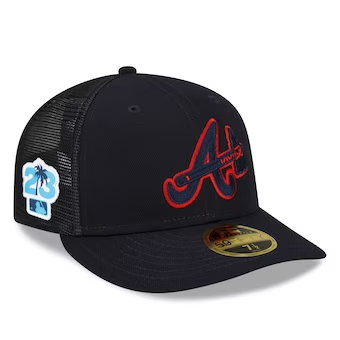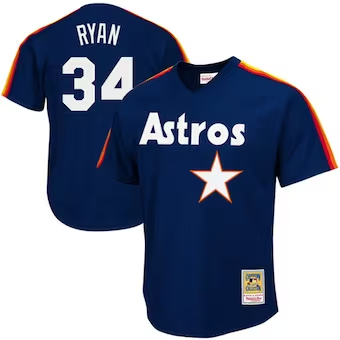There is only one school I am aware of with the nickname of the Hoyas. Georgetown University is uinique in that moniker. Who was the George in Georgetown? What is a Hoya? Is it a bulldog as the logo suggests? These qustions are answered and more in this episode.
Georgetown Hoyas
The Story of Georgetown and the Hoya
The Georgetown Hoyas Men's basketball team is one of the most iconic teams of the last four decades. Who can forget those 1980s teams under Coach John Thompson that played in the NCAA tournament finals? Players like Patrick Ewing, Sleepy Floyd, Allen Iverson, and Othello Harrington demonstrate the talent level that was part of the school's excellent basketball tradition.
Have you ever thought of their name, though? Georgetown Hoyas... Let's start with the school name, Georgetown. A novice first thought would be that since the school's location is in the heart of Washington, D.C., the George portion referenced would be President George Washington himself. According to the Georgetown University's “Our History” page, this presumption would be incorrect.
The school was founded by John Carroll, who, in 1789, secured a deed for a one-acre property overlooking the town of Georgetown. That village is believed to have been named for King George I
I or possibly after one of the first owners of the tract of land it sat upon, George Bell and George Gordon. The school was founded as a Catholic and Jesuit institution of higher learning by Carroll. John Carroll, a Catholic Priest, was later named the Archbishop of Baltimore in 1808.
The enrollment grew at the school after classes started in 1792 for many decades. That is, until the Civil War broke out, students left college to serve in the Union and Confederate war efforts. The war action, at times, was very close to the school, and some buildings were turned into hospitals serving the wounded. After the Civil War had ended, the school population again rose, and in 1876 the students, in tribute to both sides of the war, adopted the school colors of blue and gray.
The Stonewalls was the original nickname for the athletic teams that arose in the late 19th century. This took a revision later on based on a popular chant by the student body at these athletic events. GUHoyas.com shares that the Roman Catholic center of education required all students to study Latin and Greek languages to aid in their religious activities. At some point, students would cry a cheer at the game that was “Hoya Saxa,” translated meaning ‘What Rocks!” The cheer phrase became so popular on campus and in the tradition that eventually, the University adopted Hoyas as its official sports nickname.

Andrew Zazzali, guard on the 1921 Georgetown University basketball team. Image courtesy of Wikimedia Commons.
At your service
We have placed some product links on this page for some items that we think you may be interested in. If you purchase by clicking on them, we will get a commission to use to help with operating costs.
The Mascot
The mascot of Georgetown has an intreesting story of its own. Originally it was a terrier breed dog, named Stubby. Ole Stubby was famous for spending 18 months on the European front with American soldiers during World War I. This canine was a true war hero having located wounded soldiers, saving the troops from suprise mustard gas attacks and even one time catching an enemy spy with a bite in the behind! The soldiers were so indebted to this animal that they shared stories of Stubby to folks back home and the legend of Stubby spread through conversations and nnewspapers around the country. After the war, the dog hero was honored further by being adopted by Georgetown, and became the school mascot.

Most likely taken either November 13, 1926 or November 9, 1929 at Thompson Field in Annapolis, Maryland on the campus of the Naval Academy featuring Hoya, the Georgetown University mascot "Hoya", and the Naval Academy goat by the National Photo Company. Image courtesy of Wikimedia Commons.
After Stubby's demise another terrier took his place, and he was aptly named Hoya. Hoya's master was the Reverend Vincent McDonough, S.J., Moderator of Athletics. As the chief guy in charge of sports at the school, McDonough would bring the pup to the events, in particular the football games at Georgetown in the 1920s and 1930s. Yes, the University once had a top-notch football program too.
After Hoya came a Great Dane named Butch during the 1940s. However in 1951, the school suspended the football program, and with that live mascots faded from the scene at Georgetown events as well. In 1962 a new breed of canine, a Bulldog named Jack became a symbol of school spirit, and garnered its way as the emblematic logo of Georgetown University sports.









